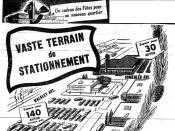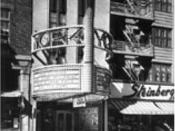"Should Juveniles Be Tried as Adults" is an essay by Laurence Steinberg, which expresses his views of if, when, and why youth offenders should be tried as adults. He compares the juvenile system to the adult system and point out hat the two differ in their respective forms of decision making for treatment or discipline. In the recent past, society has redefined the judicial system for juveniles and is striving to get more youth offenders trued and disciplined in adult jail systems (632). According to Steinberg, "[this] represents a fundamental challenge to the very premise that the juvenile court was founded on - that adolescents and adults are different (632)", and these forms of discipline are detrimental to the rehabilitation of young criminals. The author poses the question of how effective the judicial system is at determining when a child is to be tried as an adult and points out three very distinct characteristics of an adolescent individual between the ages of 12 and 17.
First, he states that "there are dramatic changes in individuals' physical, intellectual, emotional, and social capabilities" between these ages (632). Secondly, he claims that between theses ages, individuals that have broken laws are still open to many positive influences that may help them abandon their criminal instincts and tendencies (632). Lastly, he points out that youth offenders who are sentenced to harsh punishments as adolescents often do not recover from the mental harm it causes because it is an important developmental time and these experiences may have lasting and disadvantageous effects on their adult behaviors (632). In a second argument, Steinberg explains that he doesn't believe that the age of a young defendant should be overlooked and, as seen earlier in the essay, uses three main points to illustrate this idea. First, he expresses...


